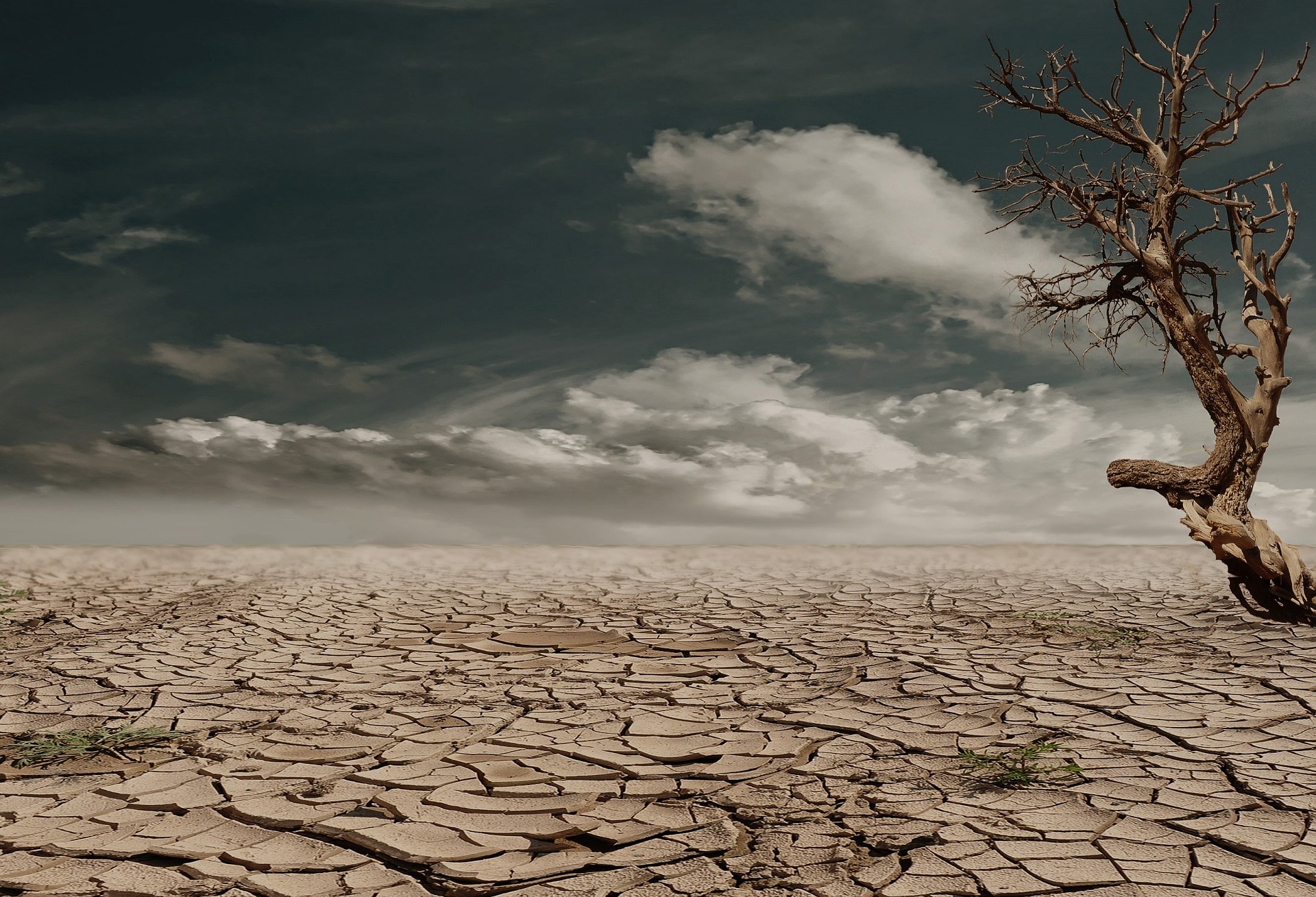Media release
From: Springer NatureClimate: Satellite observations show worldwide water extremes increasing since 2002
The global intensity of water cycle extremes — a metric that combines extent, duration, and severity of droughts and floods — increased from 2002-2021 according to a study in Nature Water. This intensity is highly correlated with global temperature, more so than with other climate indices, suggesting that continued warming could cause more frequent, widespread, and severe droughts and floods.
Droughts and flooding have been predicted to become more frequent and severe with climate change, but this has been difficult to measure and quantify. Previous studies focused primarily on rainfall data.
Matthew Rodell and Bailing Li apply a new approach using observations from the NASA/German Gravity Recovery and Climate Experiment (GRACE) and GRACE Follow-On (GRACE-FO) satellites, to identify and quantify wet and dry extreme events around the world between 2002–2021. The authors find that there was an excess of intense droughts and extreme wet events during 2015–2021, which were also the hottest seven years on record. During this period the frequency of the most extreme events was 4 per year, compared with 3 per year over the previous 13 years. Monthly dry and wet event intensities were well correlated with global mean temperature. The most intense extreme event of the past two decades was a wet event covering all of central Africa, which began in 2019 and is still ongoing. Three of the most intense droughts on record also began in recent years: in the southwestern USA, southern Europe, and southern Brazil.
The authors conclude that understanding past and ongoing extreme weather events, and projecting future events, can help improve preparedness and mitigate impacts.



Expert Reaction
These comments have been collated by the Science Media Centre to provide a variety of expert perspectives on this issue. Feel free to use these quotes in your stories. Views expressed are the personal opinions of the experts named. They do not represent the views of the SMC or any other organisation unless specifically stated.